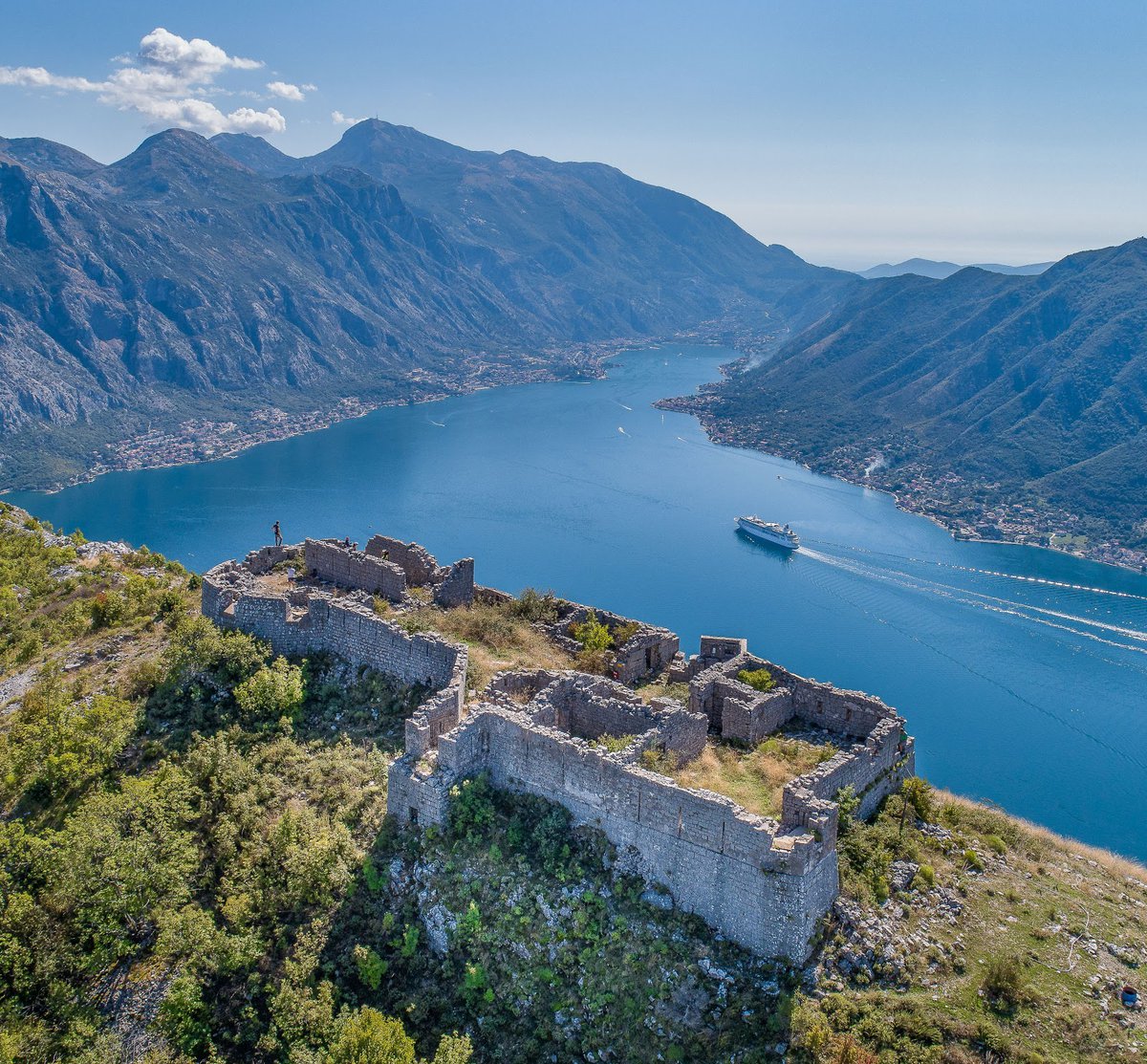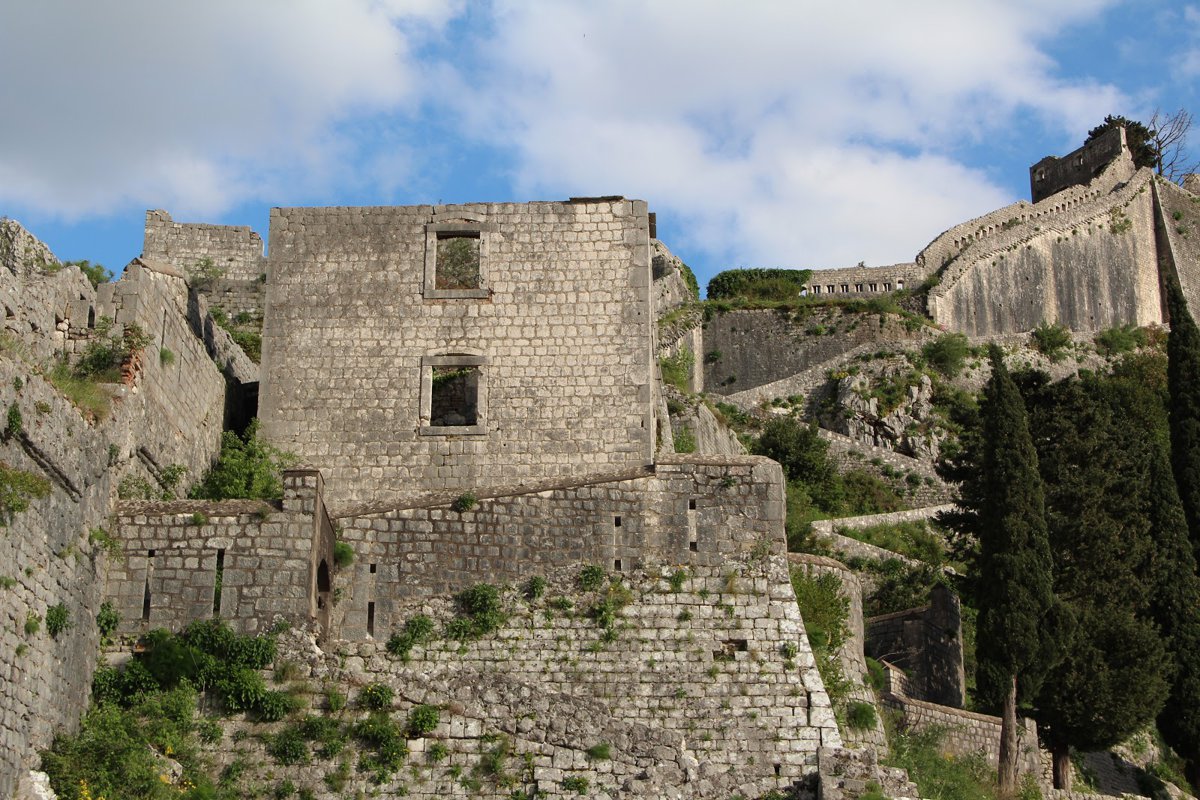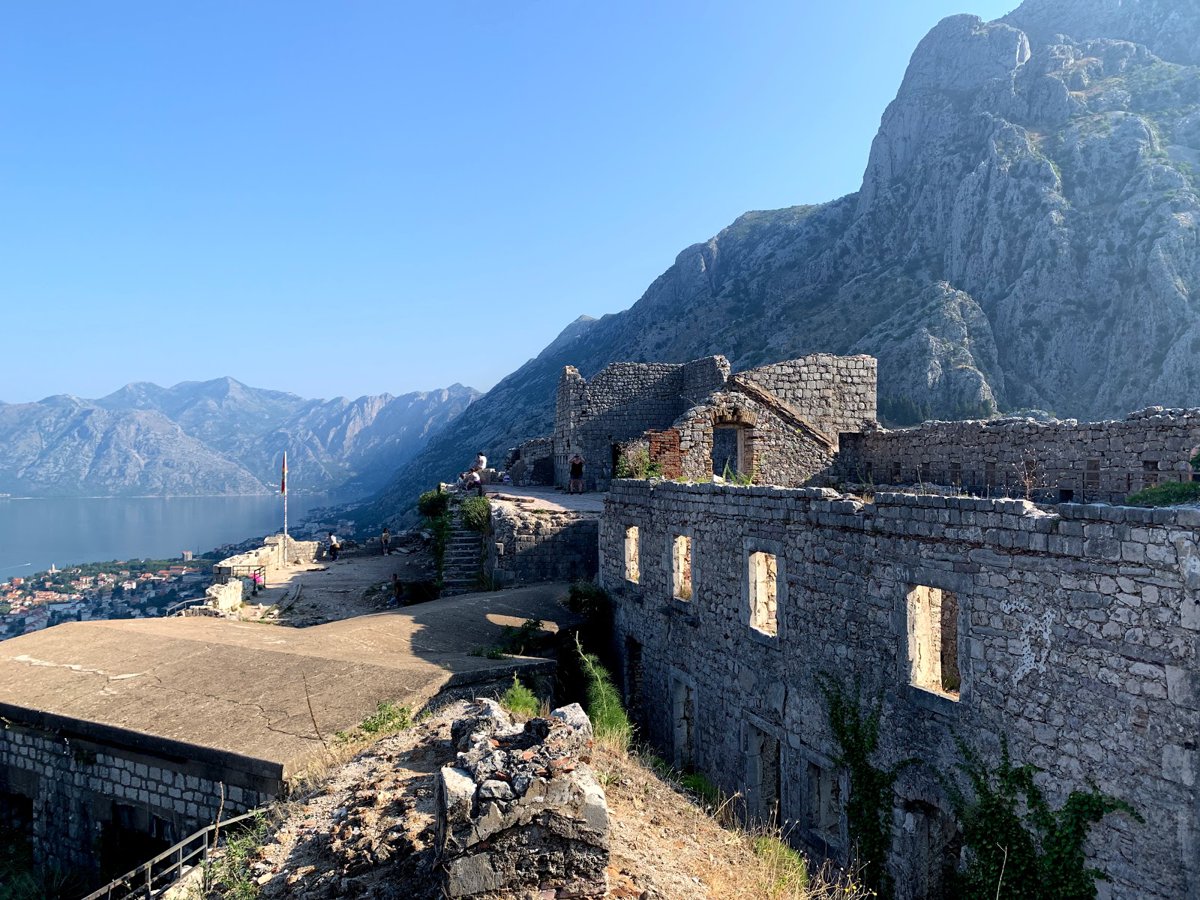11 Can’t-Miss landmarks and archaeological sites in Coastal region (Montenegro) : Your Ultimate Guide

Our guide features 11 can’t-miss landmarks and archaeological sites in Coastal region (Montenegro) for your next adventure. Explore the best of Coastal region (Montenegro) with our list of top-rated landmarks and archaeological sites. For thrill-seekers, we’ve compiled 11 exciting landmarks and archaeological sites. Journey through Coastal region (Montenegro) and discover 11 fascinating landmarks and archaeological sites with unique stories.
Information about Coastal region (Montenegro)
The coastal region of Albania overlooks the Adriatic Sea and the Ionian Sea, at a length of 450 km. Being a coastal region, this region includes, in general, many beaches, most of which overlook the Adriatic Sea, and tend to be sandy and with shallow waters, which makes it suitable for family recreational holidays. The Adriatic coast is also rich in lakes and natural ecosystems, which provide wonderful opportunities for lovers of studying and observing natural life, as well as those interested in ecotourism. This coastal region is also characterized by its warm weather most of the year, but the autumn months are considered the best months to visit, due to its moderation, where you can enjoy swimming in the clean waters of its beaches, practicing various water sports, and enjoying the picturesque natural features.

A list of the best Landmarks and archaeological sites in Coastal region
We’ve carefully curated a list of the top 11 landmarks and archaeological sites in Coastal region (Montenegro) , based on visitor ratings and reviews. Whether you’re a local or a visitor, our guide will help you plan the perfect outing. Our team has scoured the city to find the best landmarks and archaeological sites, from museums to restaurants to gardens. Let us be your guide to Coastal region (Montenegro) ‘s landmarks and archaeological sites scene and experience the sights and flavors that make it unique. Don’t waste your time searching for the best spots – we’ve done the work for you. Trust our expertise to make the most of your time in Coastal region (Montenegro) .
1- Church of St. Sabba the Sanctified

Church of St. Sabba the Sanctified – The Church of St. Sava the Sanctified is located in the city of Budva, and it is an Orthodox church that was built in the twelfth century. It is visited by tourists and residents to learn about its history and contemplate its architecture. What really attracts visitors to it is that it is located on an elevated area, as there are stunning views and views of the city and its surroundings from that point. It is a must-visit when you are in Budva.
Place address: 7RGP+VXV, Budva, Montenegro
Click here to go to the coordinates of the place on Google Map
Looking for more : The best Things to do in Coastal region
2- Fort sv Andrija

Fort sv Andrija – Sveti Andria Castle is located above Perast, at an altitude of 743 meters above sea level. Many residents and tourists go on hiking trails to this castle to enjoy the surrounding landscape, which is a truly unique experience as it provides stunning views along the coast of Montenegro; If you are in the city of Perast, you must go on a path to visit the ruins of this castle and enjoy the view of the Bay of Kotor from this vantage point.
Place address: Пераст, Montenegro
Click here to go to the coordinates of the place on Google Map
Looking for more : The best Fortresses in Coastal region
3- Monastery Rustovo

Monastery Rustovo – The Monastery of Rostovo is located 4 km from St. Stephen’s Island on top of Šiloberdo Hill with wonderful views of the most beautiful part of the Adriatic Seashore in Montenegro. It is dedicated to the nuns. A large number of monks have lived here since the Middle Ages, and within the abbey complex there is a small chapel dedicated to St. Benedict of Nursia, as well as a newer chapel dedicated to the Holy Royal Martyrs, the Romanovs.
Place address: Monastery Rustovo, Čelobrdo, Montenegro
Click here to go to the coordinates of the place on Google Map
Looking for more : The best Tourist churches and monasteries in Coastal region
4- St. Paul

St. Paul – At the foot of St. John’s Hill and in the street running from the northern to southern city gates, is the magnificent St. Paul’s Church! The church had previously been completely hidden by a high wall, so that it was the Romanesque-Gothic portal that indicated the presence of important architecture behind this seemingly featureless wall. This church was built in the year 1263 AD, and it is one of the most important monuments in the region, so do not miss the opportunity to visit it.
Place address: Kotor, Montenegro
Click here to go to the coordinates of the place on Google Map
Looking for more : The best Tourist churches and monasteries in Coastal region
5- Praskvica Monastery

Praskvica Monastery – Praskvica Monastery is located on a hill near the famous Sveti Stefan. It was founded in 1050, although the first reliable data about the monastery dates back to 1307 when the Serbian king Milutin visited Kotor. In the 19th century, an edifice was built. Large on the ruins of the largest church in the monastery, and inside it were the remnants of frescoes from the old church. The monastery’s greatest artistic values are represented in the frescoes by the Zoological painter Radul, as well as the gilded icons of Dimitrije Dasjak from the seventeenth century. Keeping many antiquities, ancient manuscripts and other documents inside the monastery.
Place address: Mанастир Прасквица, Pržno, Montenegro
Click here to go to the coordinates of the place on Google Map
Looking for more : The best Tourist churches and monasteries in Coastal region
6- Kotor Fortress

Kotor Fortress – Kotor Castle or as the locals call it San Giovanni Castle is located on top of the ancient city of Kotor, 280 meters above sea level. St. John’s Castle was built to protect the city of Kotor from invaders. Construction began in the ninth century and ended in the fifteenth century. It is visited by the fence at the present time to explore its ruins and ruins and to enjoy majestic views of the city.
Place address: Tvrđava Svetog Ivana, Put do Svetog Ivana, Špiljari, Montenegro
Click here to go to the coordinates of the place on Google Map
Looking for more : The best Fortresses in Coastal region
7- Castle Of San Giovanni

Castle Of San Giovanni – San Giovanni Castle is located at an altitude of 1200 meters above sea level, and its origins go back to the year 532 AD, as it was built by the Byzantine Emperor Justinian. This castle underwent many changes, witnessed some battles, and was occupied during World War II, and today it is one of the city’s historical attractions that provides a charming view of the city, the bay, and the distant horizon, which can be reached through a long walking path and 1350 steps.
Place address: Tvrđava Svetog Ivana, Put do Svetog Ivana, Špiljari, Montenegro
Click here to go to the coordinates of the place on Google Map
Looking for more : The best Tourist castles in Coastal region
8- Sveti Juraj

Sveti Juraj – Sveti Guraj Church is a small historical church located on the path leading to Kotor Castle. It is a small church but steeped in history, as it was built in the old Gothic style, and visitors will find exposed stone and a small tower, and inside the church they will find arched ceilings and beautiful inscriptions. The church fascinates its visitors with the beauty of its architecture as soon as it enters, so do not miss the opportunity to visit it!
Place address: Put do Svetog Ivana, Špiljari, Montenegro
Click here to go to the coordinates of the place on Google Map
Looking for more : The best Tourist churches and monasteries in Coastal region
9- Cathedral of Saint Tryphon

Cathedral of Saint Tryphon – The Cathedral of Saint Tryphon in Kotor is one of the Roman Catholic cathedrals in Montenegro and the seat of the Roman Catholic Archdiocese of Kotor. The cathedral was built in the year 1166 AD on the ruins of another church that had been on the site since the year 809 AD. The cathedral is famous for its exquisite details, high towers, and majestic statues. It is one of the most easily accessible landmarks in Kotor due to its central location in the city.
Place address: Kotor, Montenegro
Click here to go to the coordinates of the place on Google Map
Looking for more : The best Tourist churches and monasteries in Coastal region
10- Saint Michael Church

Saint Michael Church – St. Michael’s Church is a Romanesque-Gothic church whose construction began in the late 13th century and was completed in the early 14th century. It has been proven that the current church is located on the foundations of a church dating back to the early Romanesque period, so visitors will find many items from different eras. The church is distinguished by its urban beauty, as its gate is surrounded by exquisite marble columns, beautiful stone carvings, and many more.
Place address: Kotor, Montenegro
Click here to go to the coordinates of the place on Google Map
Looking for more : The best Tourist churches and monasteries in Coastal region
11- Napoleon’s Theatre

Napoleon’s Theatre – Napoleon Theater is one of the first theaters built in the Balkans, as the building dates back to 1810 AD, and the building worked as a theater until the late nineteenth century, and then it was converted in the twentieth century into the city hall, and at the present time it has become a hotel. The building is distinguished by its exposed stone walls, wonderful inscriptions, huge arches, and many others. It is one of the landmarks worth visiting in the city, so do not miss the opportunity to visit it!
Place address: Kotor, Montenegro
Click here to go to the coordinates of the place on Google Map
Looking for more : The best Archaeological sites in Coastal region
Conclusion
As your journey through Coastal region (Montenegro) comes to an end, we hope you take with you unforgettable memories and experiences that will last a lifetime. This amazing region is home to diverse landscapes, ancient cultures, and welcoming communities that have something special to offer every traveler. Our guide has provided you with the top destinations and hidden gems that make Coastal region (Montenegro) such a unique and special place. But, we encourage you to continue to explore this region on your own and uncover new adventures and treasures along the way. As you journey back home, don’t forget to reflect on the moments that made your trip so special and share your experiences with others. Remember to keep the spirit of adventure and curiosity alive in your everyday life and continue to seek out new experiences. We hope our guide has been a valuable resource in planning your trip, and we look forward to hearing about your travels. Safe travels and until next time!